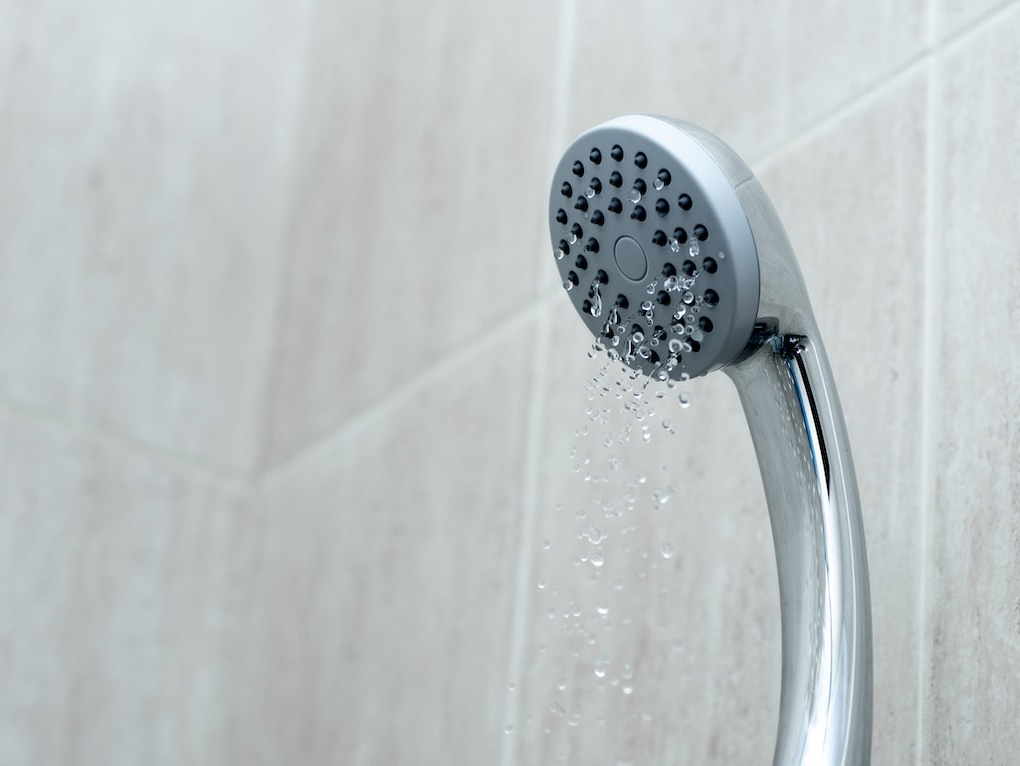

8 Common Causes of Low Water Pressure (And How to Fix Them Fast!)
Nothing is more frustrating than turning on the shower, expecting a refreshing blast of water, only to be greeted by a weak trickle. Low water pressure can be an annoying problem, disrupting everything from your morning routine to doing the dishes.
If you’re experiencing this issue in your home, it’s essential to understand what’s causing it and, more importantly, how to fix it. In this article, we’ll explore eight common causes of low water pressure and provide practical solutions to restore strong, steady flow.
1. Clogged Pipes and Blocked Drains
One of the most frequent culprits behind low water pressure is blocked pipes or drains. Over time, mineral deposits, debris, or even rust can build up inside the pipes, reducing the water flow. This issue is particularly common in older homes, where pipes are more susceptible to clogging. Blocked drains in Sydney, especially, are often caused by grease, hair, and other debris that accumulate over time.
How to Fix It: Contact us and can inspect your pipes and drains, using specialised tools like pipe cameras to locate and remove the blockage. Regular maintenance, such as cleaning out hair traps and avoiding pouring grease down the sink, can also prevent clogs from forming.
2. Corroded Pipes
Corrosion inside pipes is another common cause of low water pressure, particularly in homes with older, galvanised steel pipes. Corrosion restricts the flow of water and can eventually lead to leaks or burst pipes, which can be costly to repair.
How to Fix It: Replacing old, corroded pipes with modern materials like copper or PEX piping is often the best solution. While this can be an investment, it significantly improves water pressure and reduces the risk of further damage.
3. Faulty Pressure Regulator
A pressure regulator is a device installed on the water main to control the pressure entering your home. If this regulator fails or is incorrectly set, it can cause either too high or too low water pressure.
How to Fix It: Test the pressure regulator with a pressure gauge. If the pressure is outside the normal range (usually between 40-60 psi), the regulator may need adjustment or replacement by a licensed plumber.
4. Leaky Pipes
Leaks in your plumbing system, even small ones, can drastically reduce water pressure. A hidden leak may not only cause low water pressure but also increase your water bills and cause damage to your property.
How to Fix It: Look for signs of leaks, such as damp spots, mould, or unexplained puddles. A plumber can conduct a leak detection test to find hidden leaks and repair them promptly, restoring normal water pressure.

5. Partially Closed Valves
If you’ve recently had plumbing work done, it’s possible that one of your water valves was not fully reopened, leading to restricted flow and low water pressure. This issue is simple but often overlooked.
How to Fix It: Check that all main and individual shut-off valves are fully open. Gently turn the valves counter-clockwise to ensure they are not partially closed, which can instantly improve water flow.
6. Shared Pipelines
In apartment buildings or densely populated neighbourhoods, shared pipelines can be a common cause of low water pressure. If multiple households are using water simultaneously, the pressure can drop significantly.
How to Fix It: Installing a pressure-boosting pump can help increase water pressure in homes with shared pipelines. Consulting with your building manager or local water provider may also provide solutions tailored to your area.
7. High Demand Times
Water pressure can fluctuate throughout the day, especially during peak usage times like early mornings or evenings when everyone is showering, cooking, or watering their gardens.
How to Fix It: Consider adjusting your routine slightly touse water during off-peak times. If this isn’t feasible, installing a water pressure booster pump can help maintain steady pressure during high-demand periods.
8. Sediment Build-Up in Faucets and Showerheads
Sediment, limescale, and other minerals from hard water can accumulate in your faucets and showerheads, restricting the flow and leading to lower pressure.
How to Fix It: Remove and clean your showerheads and faucet aerators regularly. Soaking them in vinegar overnight can help dissolve mineral deposits. For a more thorough cleaning, consider replacing old fixtures with new, water-efficient models designed to maintain strong water pressure.
Final Thoughts on Fixing Low Water Pressure
Experiencing low water pressure can be a frustrating issue that disrupts your daily routine. From corroded pipes and blocked drains in Sydney to sediment build-up and faulty pressure regulators, identifying the root cause is the first step to restoring that satisfying, powerful water flow. Regular maintenance and professional plumbing inspections can go a long way in keeping your hot showers and efficient water usage intact.
Don’t let low water pressure dampen your day! If you’re struggling with persistent pressure problems, contact us and we can fix the issue, ensuring your water system is running at its best.
